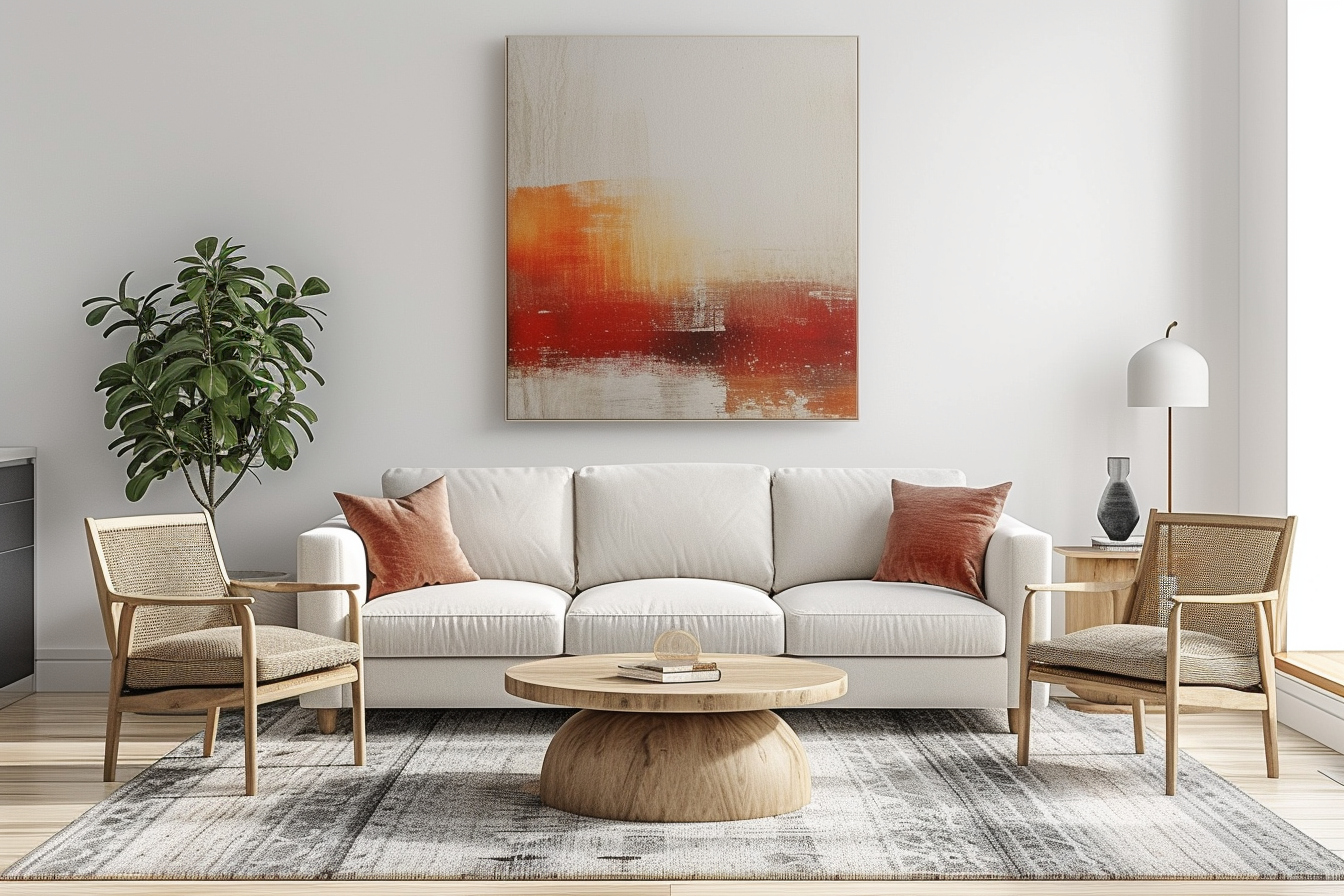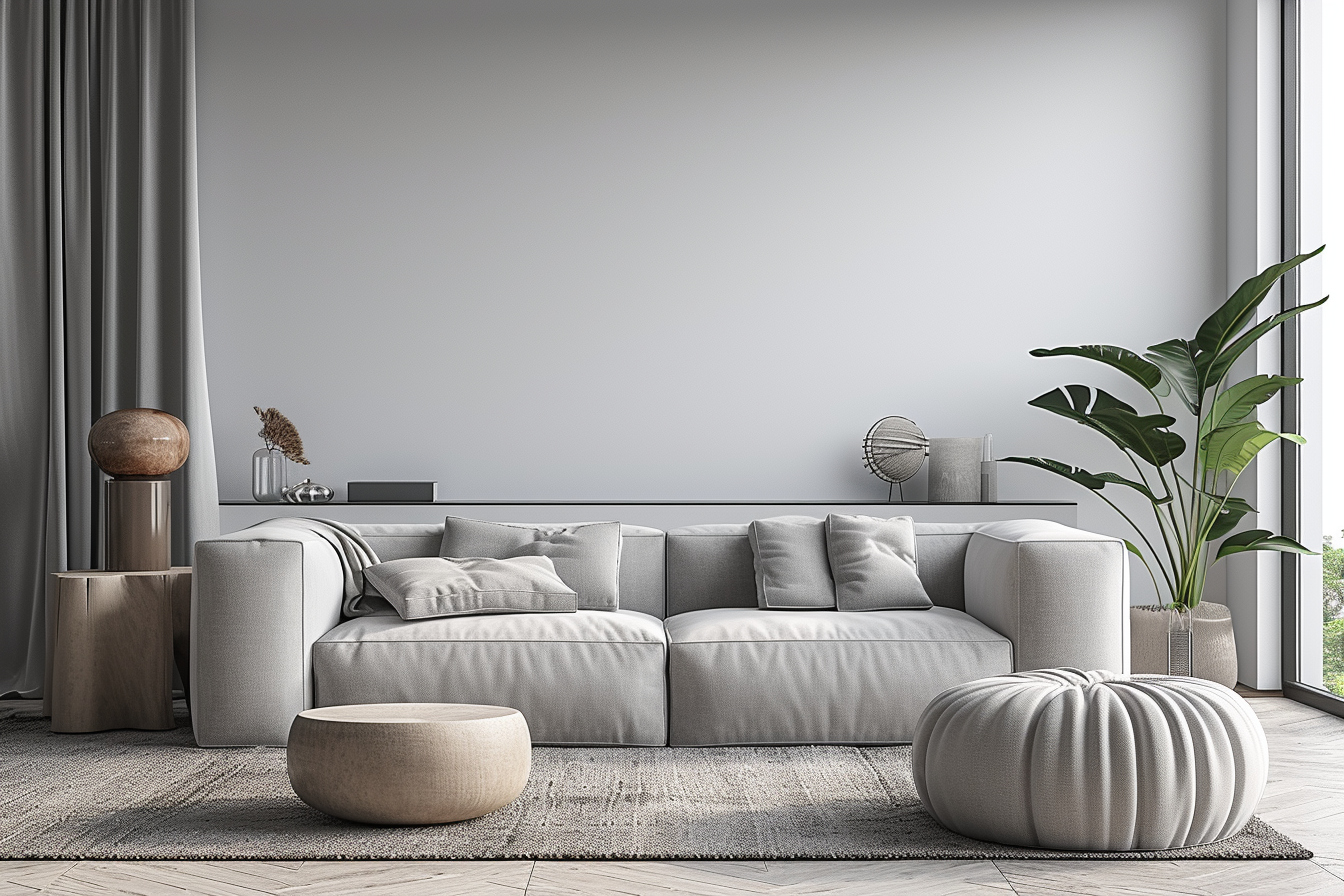Minimalist interior design, characterized by its simplicity, clean lines, and monochromatic color palettes, continues to be the epitome of timeless elegance in home decor. This design aesthetic embodies the philosophy of ‘less is more,’ favouring quality over quantity and embracing space as a key component of design. Achieving this look in your own home can be deeply satisfying both aesthetically and functionally. In the journey towards minimalist design, the following insights stand as vital guidelines.
Understand the minimalist philosophy
Before diving into the practical steps, grasp the underlying philosophy that informs minimalist design. At its core, minimalism is about intentionality. Every piece of furniture, decor, or art chosen for a minimalist space serves a purpose, be it functional or to evoke emotion. Authentic minimalism goes beyond simply decluttering or adhering to a specific color scheme; it’s about cultivating an environment that reflects serenity, freedom, and clarity.
Start with a neutral base
Focus on color and texture
Creating a minimalist interior starts with selecting a neutral palette. Shades of white, beige, and soft greys can open up spaces and provide a tranquil backdrop for minimalist living. These hues aren’t just about aesthetics, they enhance the sense of calm and bring attention to the beauty of the natural light within a space. Textures also play a crucial role. Subtle textures can add depth and interest, keeping the space from feeling cold or sterile.
Embrace negative space

The art of nothingness
Positive space in decor refers to areas that are occupied by objects, while negative space is the open space around and in between those objects. In minimalist design, negative space is a statement in itself. It allows for breathing room and can make a space feel larger and more open. The proper balance calls for a strategic arrangement so that each piece of furniture and decor has its moment to shine.
Invest in quality over quantity
Making each piece count
Adopt a quality-centric approach with furnishings. In minimalist interior design, less furniture means that each piece becomes a focal point. Opt for furniture with simple but well-constructed designs that merge functionality with aesthetic appeal. Items made with high-quality materials not only last longer but also add to the overall sense of luxury and tranquility in a space, aligning with the minimalist mandate of choosing wisely and intentionally.
Declutter ruthlessly and often
A continuous process
Decluttering isn’t a one-time event but a habitual practice in a minimalist home. Assessing items regularly to ensure they serve a purpose in your life prevents the clutter from creeping back in. This process isn’t limited to what’s visible; it extends to drawers, cabinets, and closets. A minimalist interior is as much about the unseen as the seen, promoting an organized and clutter-free lifestyle.
Opt for multipurpose and hidden storage solutions
Smart storage is key
To maintain a minimalist aesthetic, storage solutions are paramount. Sleek, built-in storage options that blend seamlessly with the surroundings are ideal. Furniture that can serve multiple functions – such as an ottoman with storage space or a bed with drawers underneath – is also highly beneficial for keeping items out of sight while remaining accessible.
Select art and decor carefully
Each piece tells a story
Art and decoration should be minimal yet impactful in a minimalist interior. Choose pieces that truly speak to you and complement your space. Large, bold works can serve as a centerpiece in a room. The key here is restraint; too many pieces can create visual clutter. Embrace the blank wall as much as the decorated one, ensuring each decorative element has room to breathe and be appreciated.
Emphasize lighting for ambience
Layers of light
Lighting is instrumental in shaping the mood of a minimalist space. Including a mix of ambient, task, and accent lighting can enrich a room’s functionality while keeping the fixtures simple and in line with the minimalist theme. Recessed lighting, sleek floor lamps, and subtle spotlights can enhance the serene atmosphere, making the room’s features and chosen decor stand out.
Simplify window treatments
Let natural light in
Maximizing natural light is crucial in minimalist design. Where privacy isn’t a concern, consider leaving windows bare to invite as much light as possible. If window treatments are necessary, simple shades or sheer curtains in a neutral tone are unobtrusive options that align with the minimalist ethos, adding softness to the area without overwhelming it.
Maintain consistency throughout the home
A cohesive design flow
Carrying the minimalist design aesthetic throughout each room establishes harmony and provides a consistent visual journey. This doesn’t mean every room should look the same, but a common thread in elements like color palette, materials, and overall approach to decor can beautifully tie the spaces together.
Personalize thoughtfully
Nota bene
Even in a minimalist space, personal touches are what transform a house into a home. Minimalism doesn’t equate to a lack of character or warmth. Carefully chosen photographs, heirlooms, or even a small collection of books can add a personal element without detracting from the minimalist vibe. The focus should be on displaying items that hold genuine significance and contribute positively to your living environment.
Embracing minimalist interior design is as much about creating a peaceful and intentional space as it is about adopting a certain style. Every piece in your home should serve a purpose or bring joy, helping to create a sanctuary from the busy and cluttered world outside. Through deliberate choices and consistent upkeep, achieving a minimalist aesthetic can bring simplicity, elegance, and tranquility into your living spaces.











